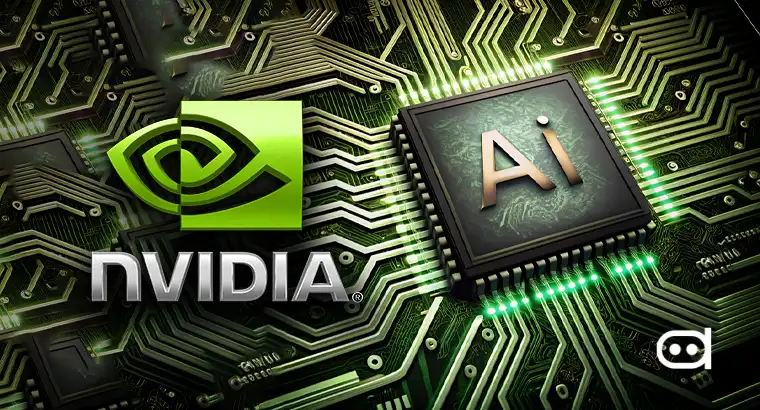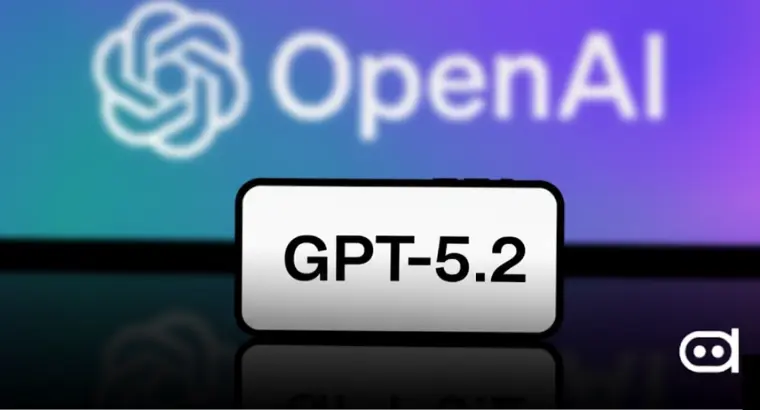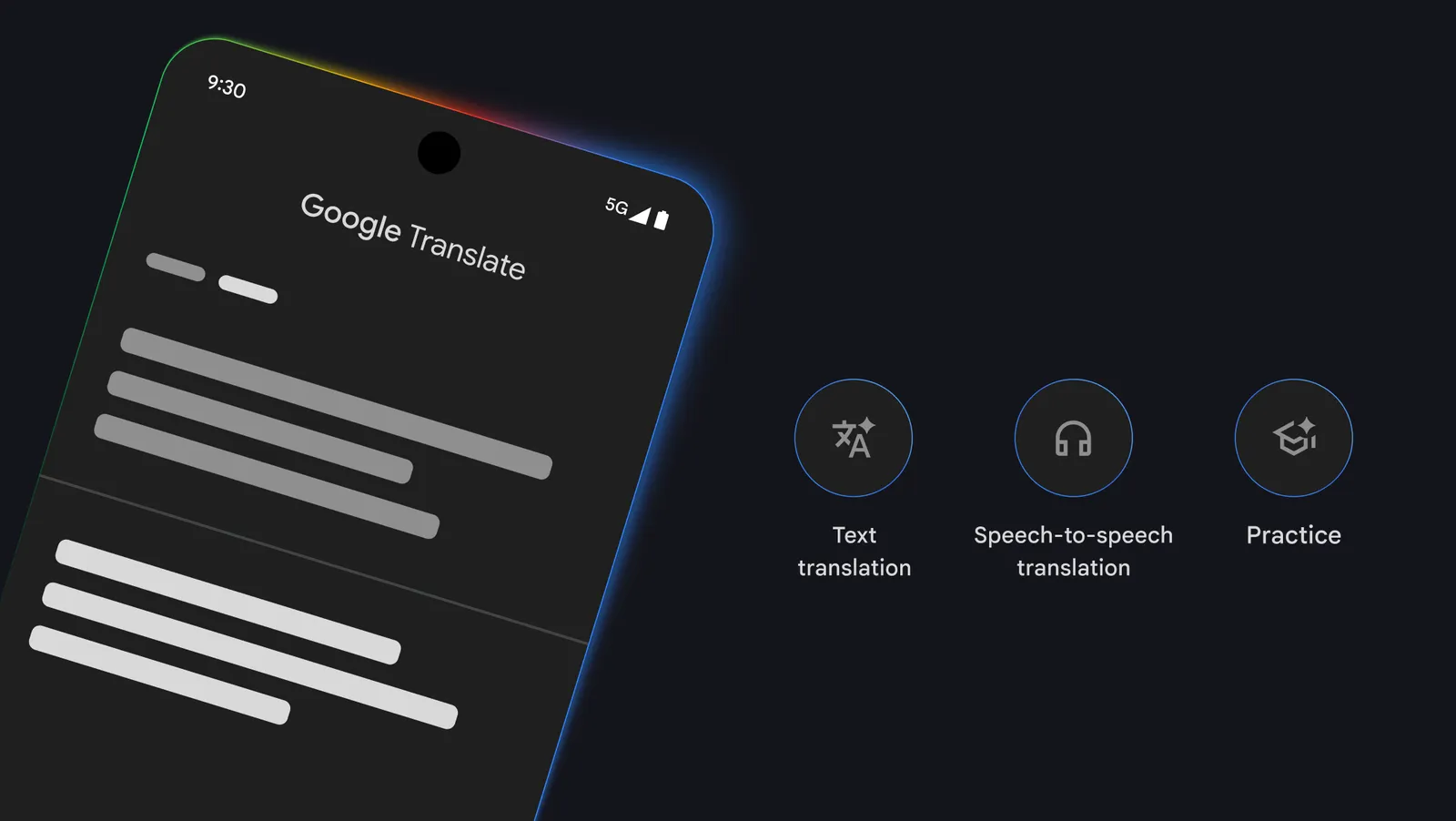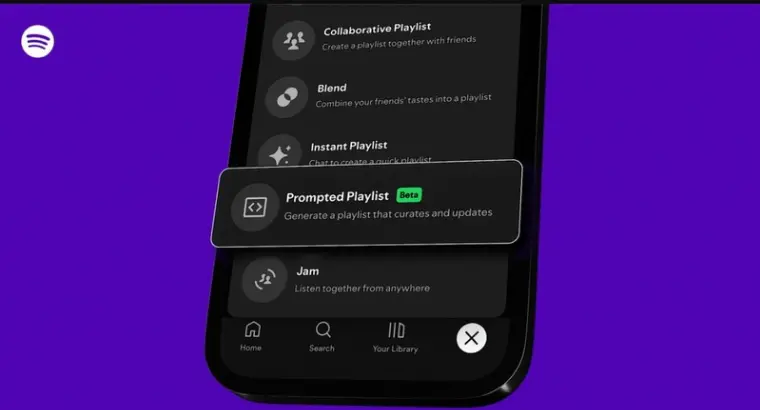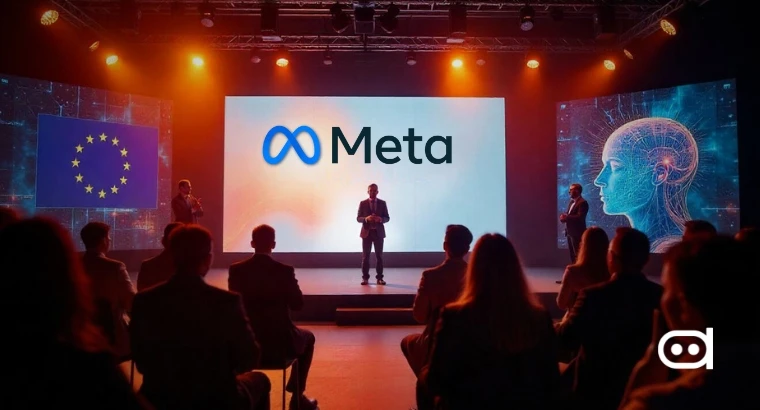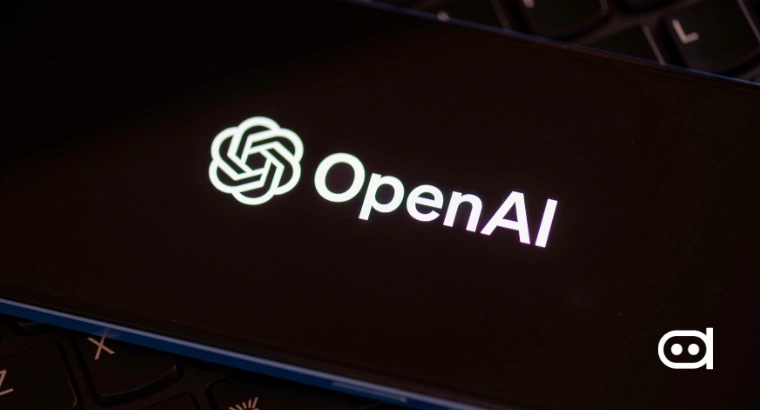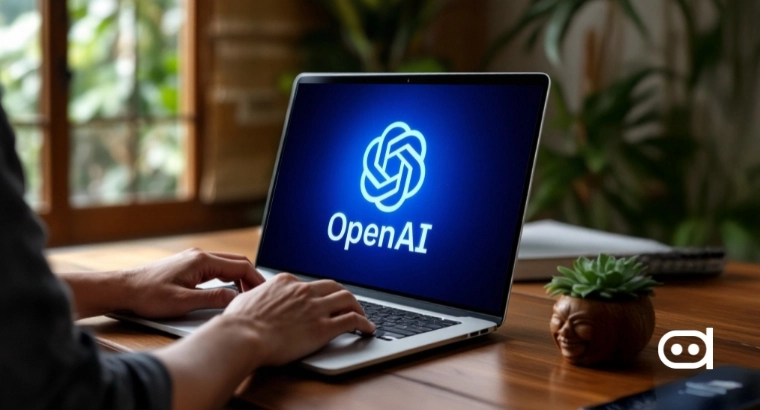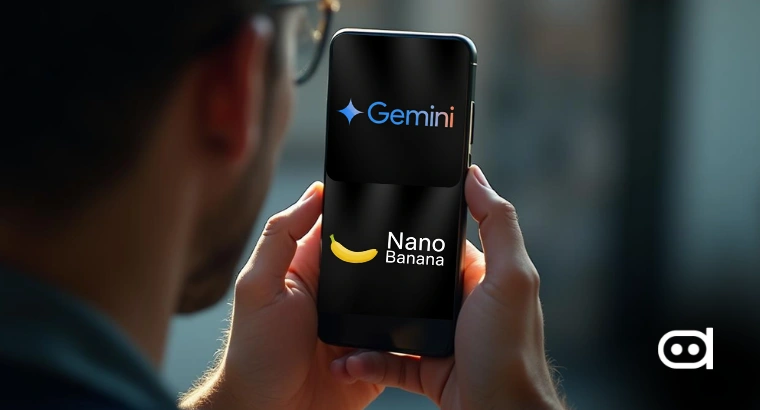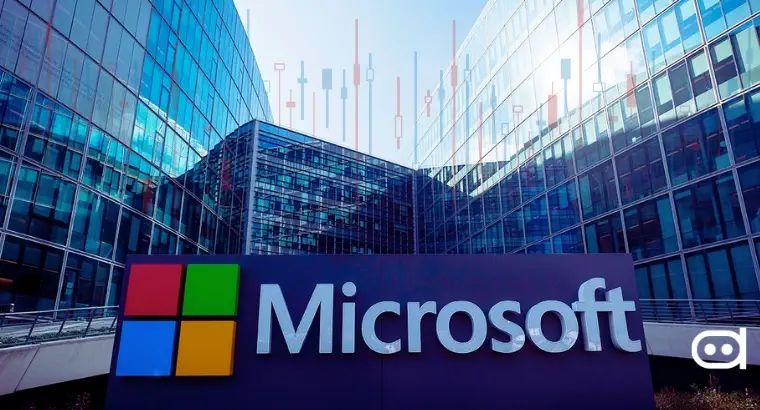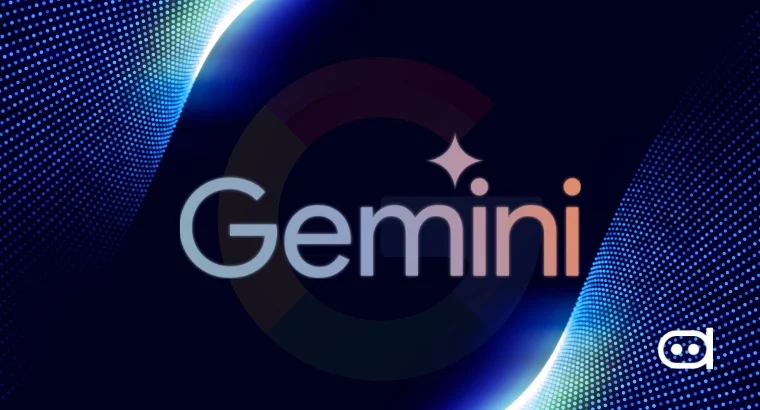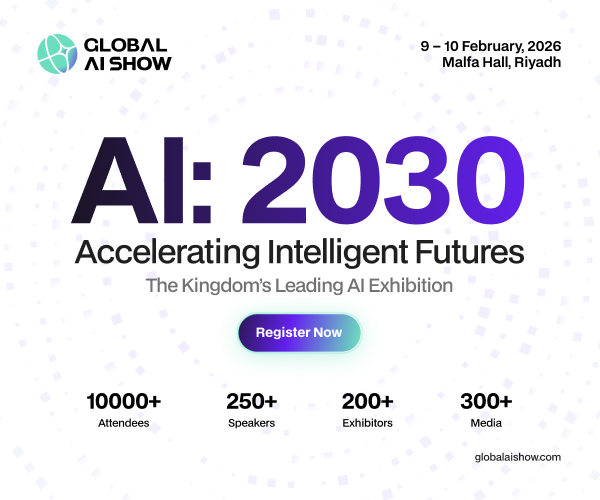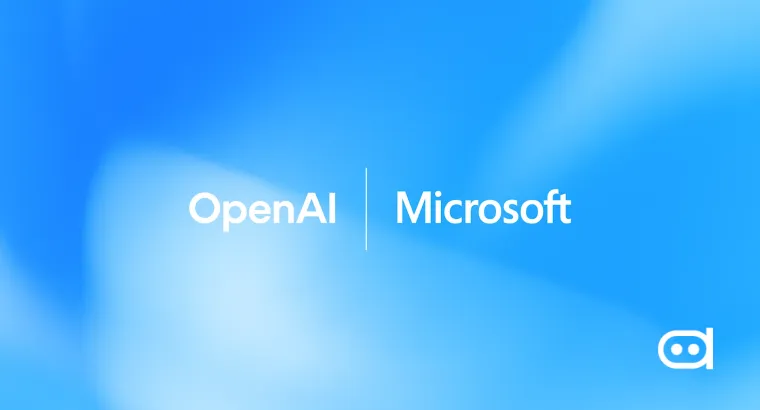
Key Highlights:
- Microsoft will hold ownership of products for next few years for services developed under OpenAI collaboration.
- OpenAI is no longer the exclusive partner of Microsoft to develop AGI.
- Microsoft has waived its ownership rights on OpenAI’s hardware services like GPU infrastructure, servers, and more.
Microsoft and OpenAI have revised their long-standing partership up to 2032, gaining exclusive IP rights from each other until AGI is achieved. It also opens new doors for OpenAI to provide API access to government agencies, which was previously restricted. It also gives the Altman-led company to launch open-weight models, while allowing Microsoft to develop AGI with third parties. Both companies are now also free to explore partners outside of the partnership to develop a certain technology.
Changes in the Microsoft-OpenAI Alliance
Under the new partnership, Microsoft will now own a 27% stake in OpenAI’s public benefit corporation (PBC). Note that this is not a direct ownership in OpenAI, as the PBC is different than the OpenAI for-profit venture. Microsoft continues to hold a 32.5% stake in OpenAI as an entity. The biggest motive of the updated terms and conditions is to achieve AGI as fast as posible.
OpenAI will continue as Microsoft’s frontier model partner, offering access to its top AI models, including those which are not released to the public. It will also have exclsuive IP rights and Azure APIs until AGI is achieved. This helps Microsoft to have a strong AI development partner, while OpenAI can benefit from Microsoft’s Azure and other digital infrastructure.
We completed our recapitalization.
— OpenAI (@OpenAI) October 28, 2025
The non-profit, the OpenAI Foundation, is now one of the best resourced philanthropies ever, with equity valued at ~$130B. It continues to control the OpenAI for-profit, which is now a public benefit corporation.https://t.co/TevJDA3QwB
Once OpenAI declares AGI, the fact will be verified by an independent expert panel, as many of the updated terms depend on this milestone. Microsoft will also hold rights for all the research done during this period, including the projects developed in partnership with OpenAI. However, the company has let go OpenAI’s consumer hardware from the list, meaning that Microsoft now does not have any decision-making stake in the servers, GPUs, and other physical assets of OpenAI.
The biggest highlight is that Microsoft is now free to work independently on AGI, or partner with any third party other than OpenAI. The previous agreement prohibited this as both entities were planning to achieve AGI within themselves, but that is now changing.
OpenAI also gets massive benefits from the updated contract as the company can now release open-weight models that meet a certain criteria. This is extremely important as all the GPT version are closed-source to secure its partner and investors. OpenAI recently launched GPT-OSS, but the model was not as good as the frontier GPT-5 models. The company will now enjoy more freedom in doing so, as open-ended models tend to capture market faster, compared to paid API access.
Microsoft Now Looking Beyond OpenAI
OpenAI and Microsoft have shared a deep partnership, often remaining exclusive partners of each other for projects that they develop together. However, both entities have missed thir deadline in achieiving AGI, and the partnership sometimes feels too restritive on both ends due to its complex nature.
Microsoft recently partnered with Anthropic, OpenAI’s rival, to bring LLM integration in its Office 365 apps like Excel, Powerpoint, Word, and others. It allows users to directly use Claude’s advanced AI models in the respective apps. Although ChatGPT offered similar functioanlity using an add-on, it no longer is the exclusive AI integration in Office 365 apps.
This proves that Microfost has started to look beyond OpenAI to meet its AI requirements. This could be a wake up call for Sam Altman, as many projects like Sora, GPT image generator, and even GPT-5 are running behind schedule. But the relaxation may also help OpenAI to take a few steps back and make a fresh start, eventually boosting the execution speed on ongoing projects.
